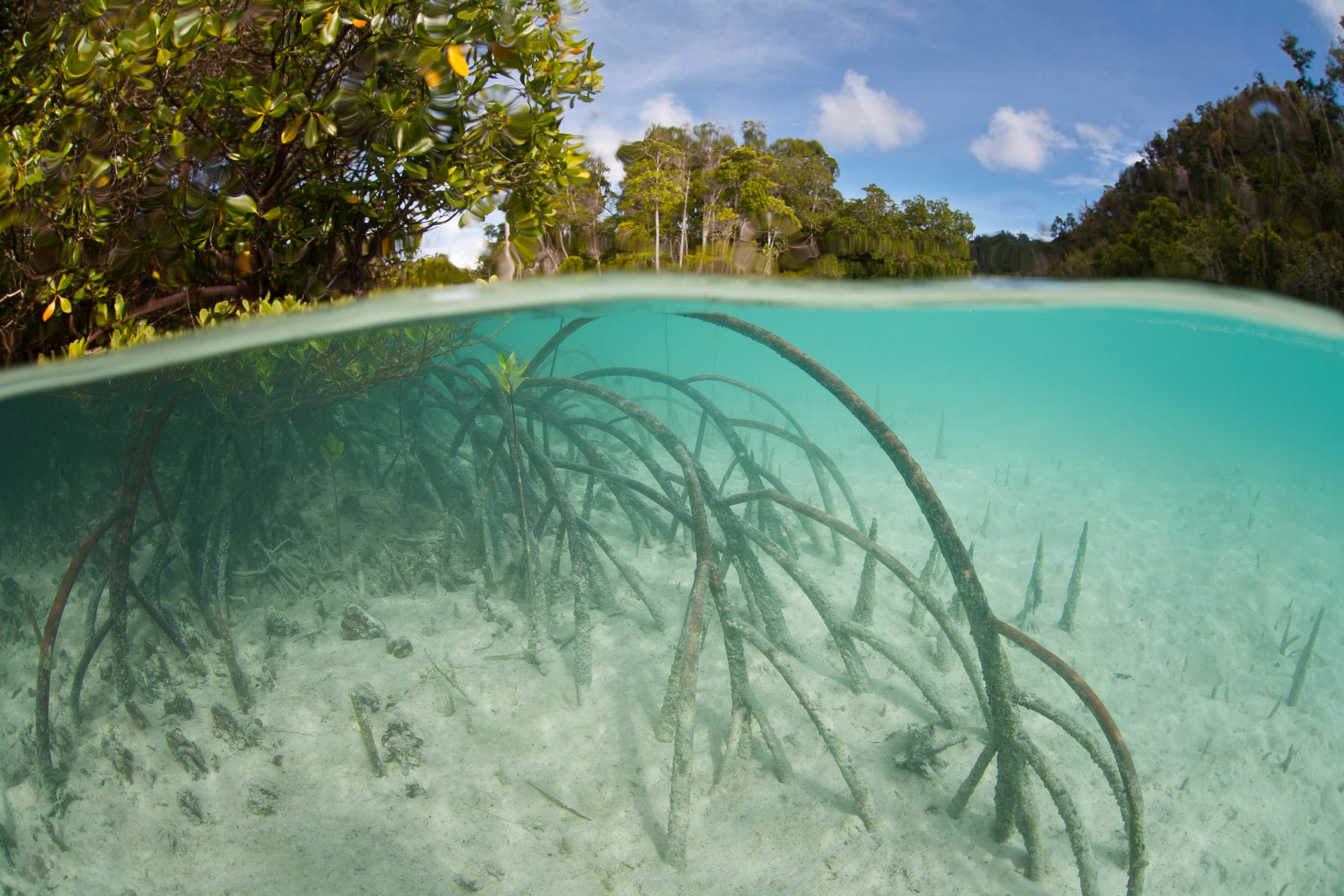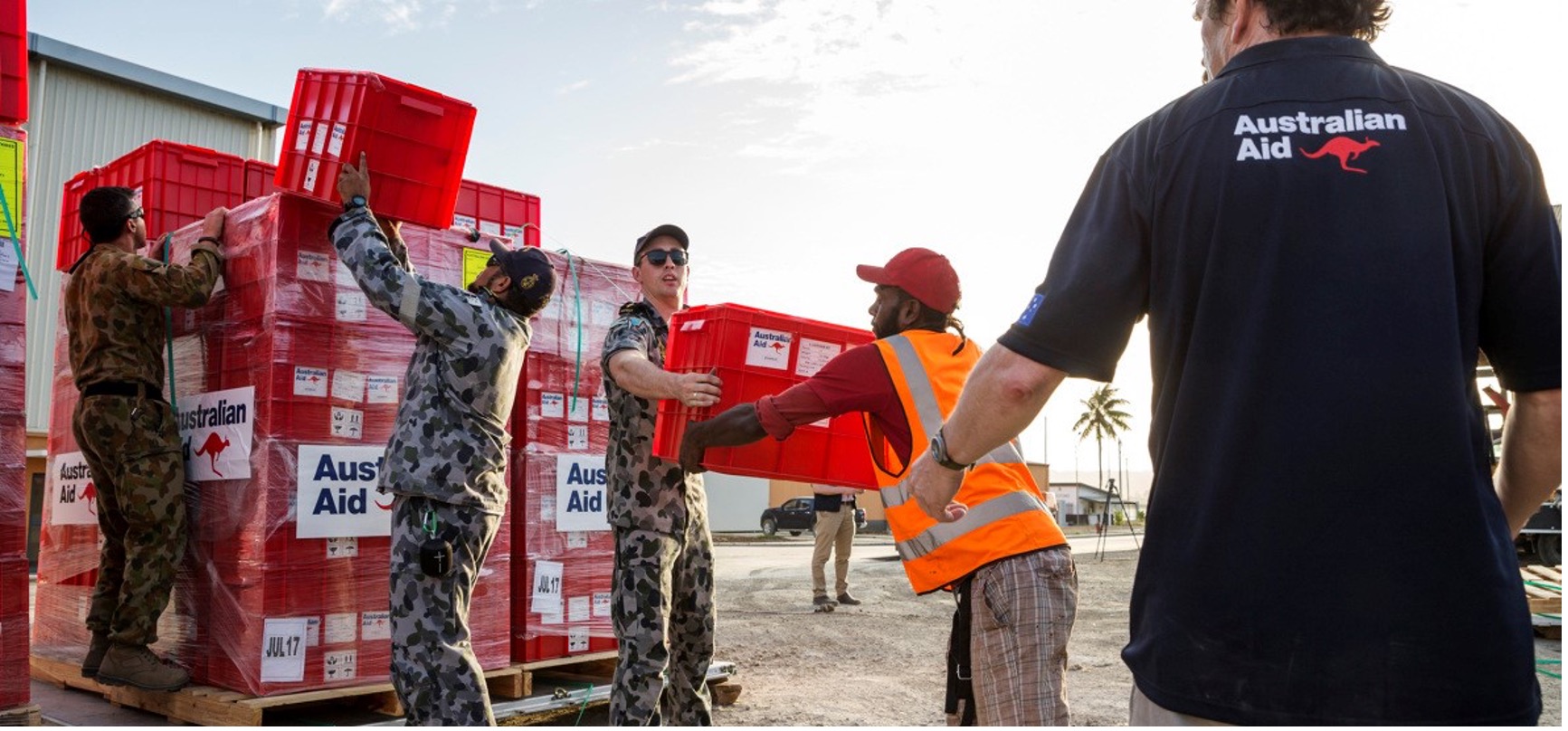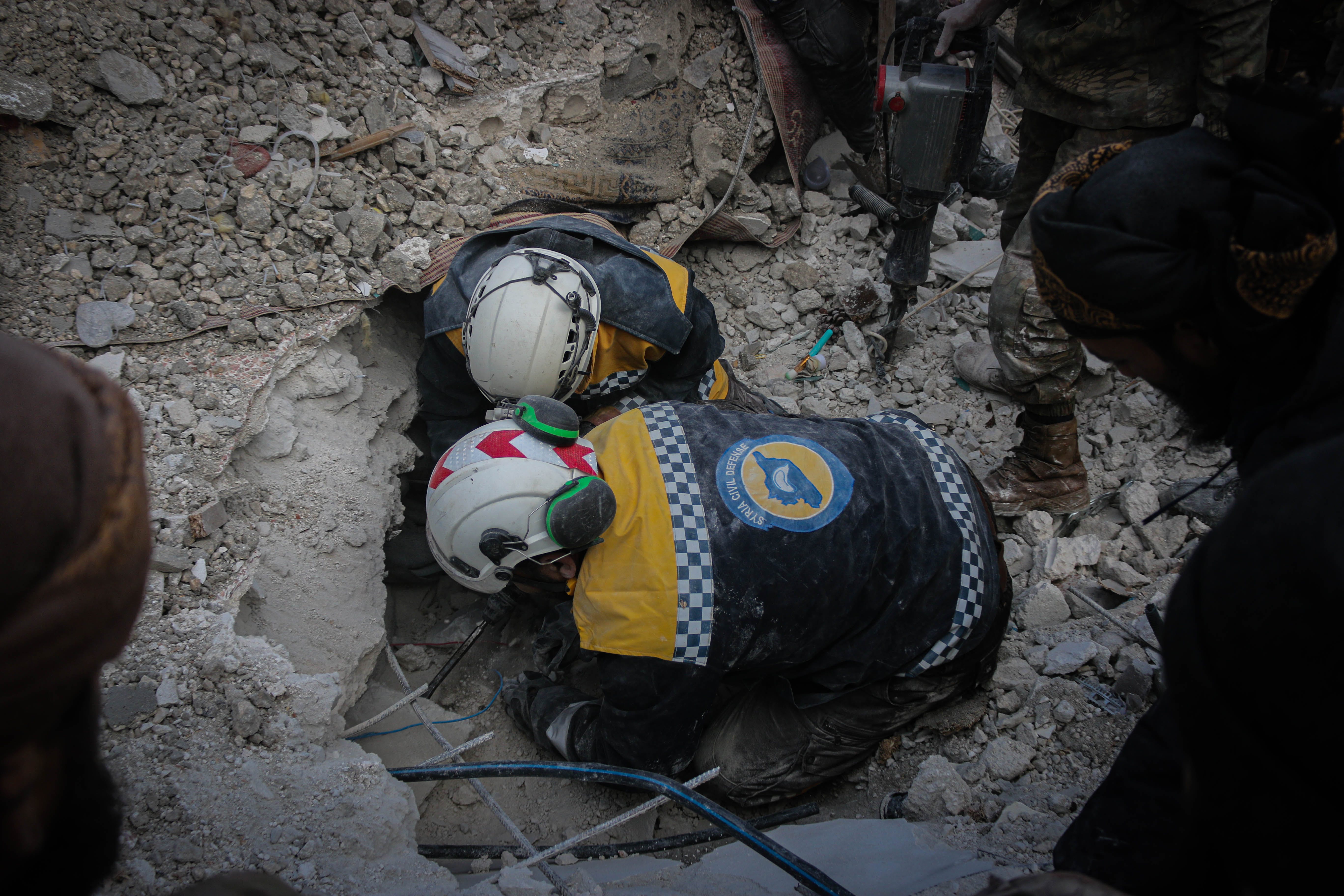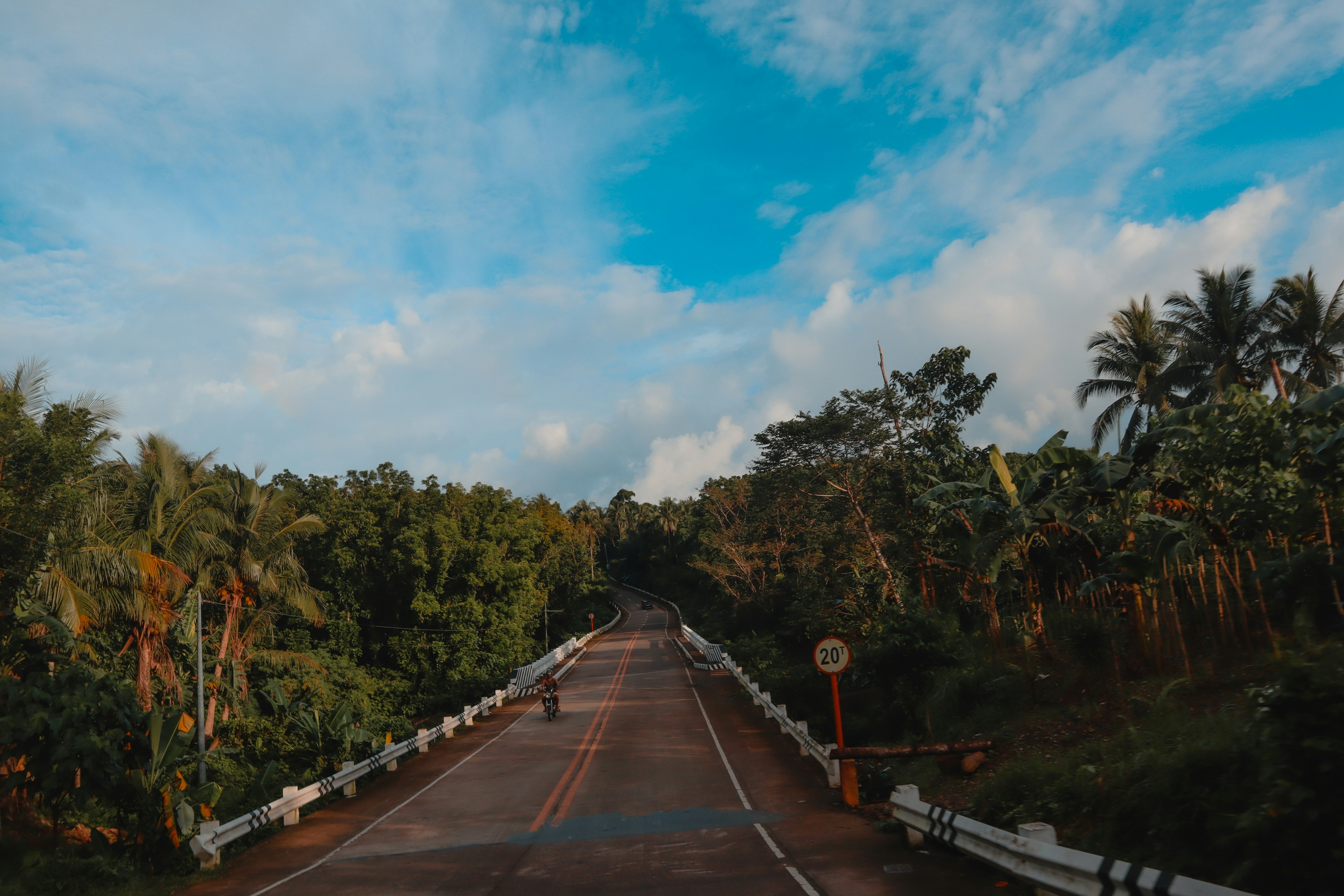Today marks the United Nation’s International Day for Disaster Risk Reduction (IDDRR), reminding us all to reflect on the importance of building resilience to mitigate risk in disaster-prone contexts.
With the IPCC’s latest report shining a light on the link between climate change and the increasing and intensifying nature of disasters, we must acknowledge the current and emerging challenges vulnerable communities face and how we can improve their outcomes.
The IPCC report was a call to action on many fronts, including the importance on integrating climate change adaptation (CCA) with the disaster risk reduction (DRR) agenda. While DRR frameworks have traditionally focussed on mitigating risks generated by a range of hazards, including natural and climate-related hazards, they do not consistently reflect the long-term climate forecasts. This gap has gained increasing attention in recent years, resulting in more efforts to integrate the two policy fields to enhance effectiveness, increase adaptive capacities and broaden understandings of how climate change intensifies disaster risk. However, while policy and academic literature plainly make the case for integration, challenges remain for practical implementation and community level outcomes. Current research by Humanitarian Advisory Group, World Vision Australia and the Australian Humanitarian Partnership is seeking to explore opportunities to advance integration and increase community resilience in the Pacific – a critical ambition in efforts to reduce disaster risk.

The Pacific is one of the world’s regions most vulnerable to the impacts of disaster and climate change. The small island developing states maintain fragile biodiversity and limited capacity to mitigate risk. The World Bank estimates that since 1950, natural hazards have affected 9.2 million people in the Pacific, caused nearly 10,000 deaths, and inflicted US$3.2 billion worth of damage. Furthermore, the World Meteorological Organisation (WMO) found the number of disasters between 1970 and 2019 had increased five-fold, an increase driven by climate change. An article recently published in the International Journal of Disaster Risk Reduction estimates a 1-degree increase in global temperatures would require a three-fold increase in humanitarian funding (US$1 trillion). Right now, we are on track for a 1.5-degree C increase in global temperatures within the next two decades, and an increase of potentially 4.4 degrees C by 2100.
In recognition of the common concerns between the management of risks from disasters and climate change, several Pacific nations such as Vanuatu and Fiji have mainstreamed CCA policies into their national DRR frameworks. This has complemented the regional Framework for Resilient Development in the Pacific (FRDP), which became the first international framework to integrate both policy fields in 2016. Despite notable progress at regional and national levels, there is still a lot of progress to be made to ensure that integrated policies lead to good practice integrated approaches in Pacific communities.
A climate-focussed DRR agenda must build from the community-level up, as communities are the first responders in the case of disaster. Research has highlighted the importance of empowering local communities to lead discussion and influence policy, as communities are best-placed to identify risks, and can help to integrate traditional knowledge into policy approaches. Community-based approaches are also best-placed to deliver an inclusive DRR agenda, which recognises and responds to the needs of vulnerable groups through enhanced participation and leadership diversity. This also aligns with the guiding principle of The Sendai Framework for Disaster Risk Reduction (2015-2030) to include a “gender, age, disability and cultural perspective in all policies and practices”.
In contrast, top-down responses can lead to unhelpful divisions between policy frameworks – in our case, separating DRR from CCA – and attempts to apply blanket solutions. This process fails to meet the specific needs of vulnerable communities, neglects the potential of local resources and knowledge, and in some circumstances increases the vulnerability of communities whilst duplicating efforts and wasting limited resources. Frustratingly, top-down power dynamics remain entrenched in international aid systems. HAG’s research with the Pacific Islands Association of Non-governmental Organisations (PIANGO) found that in many Pacific countries, decision-making continues to be dominated by international actors such as donors and international NGOs, marginalising the voices of local and national actors in the process and impeding the opportunity for community-led DRR governance. An earlier IPCC report argued: “Closer integration of disaster risk management and climate change adaption, along with the incorporation of both in local, sub-national, national, and international development policies and practices, could provide benefits at all scales.”
There is already good practice to draw upon. The FRDP is an excellent example of an integrated framework, as it draws on the policies and objectives of the Sendai Framework, the United Nations Framework for the Convention on Climate Change Paris Agreement, and the UN Sustainable Development Goals. Not only does it seek to implement strategies designed to mitigate climate change risk, but emphasises the need to pursue a low-carbon development strategy. Vanuatu has been viewed as exemplary in implementing aspects of the FRDP through its national strategy. This includes the establishment of Community Disaster and Climate Change Committees (CDCCC), as well as efforts by the National Disaster Management Office (NDMO), in partnership with the French Red Cross and the Vanuatu Red Cross Society, to establish the Together Becoming Resilient project, aimed at strengthening disaster management capacity at the national, provincial and community levels. In the Solomon Islands, the Australian Humanitarian Partnership Disaster READY Partners have supported the Solomon Islands Meteorological Service to simplify the language used in weather forecasts to help communities better understand and prepare for cyclones. With climate change forecast to significantly increase the severity of Pacific cyclones, this support will be monumental in supporting communities to adapt and prepare.
Pacific countries are facing the most immediate and severe threats to the impacts of climate change. Integrating DRR and CCA, particularly in this region, is not optional. There are strong examples at the regional, national and community level in the Pacific that can be learned from and scaled. It is critical that humanitarian practitioners, organisations and government bodies push for a broader and more feasible disaster risk reduction agenda which institutionalises climate change adaptation for the significant scale-up of integrated community-led approaches to reduce vulnerability and increase resilience.
Photo credit: Photo by Goya Studio






